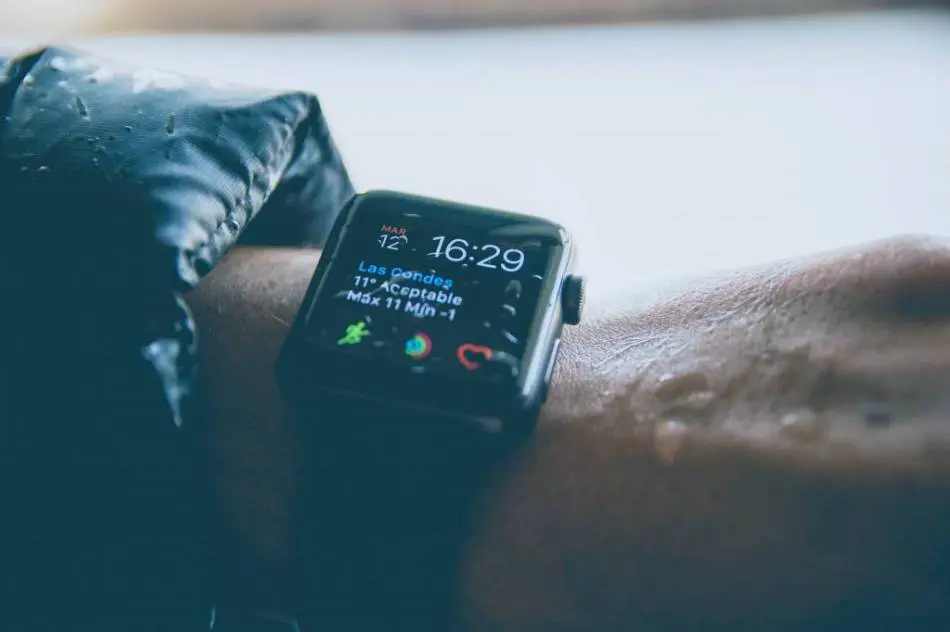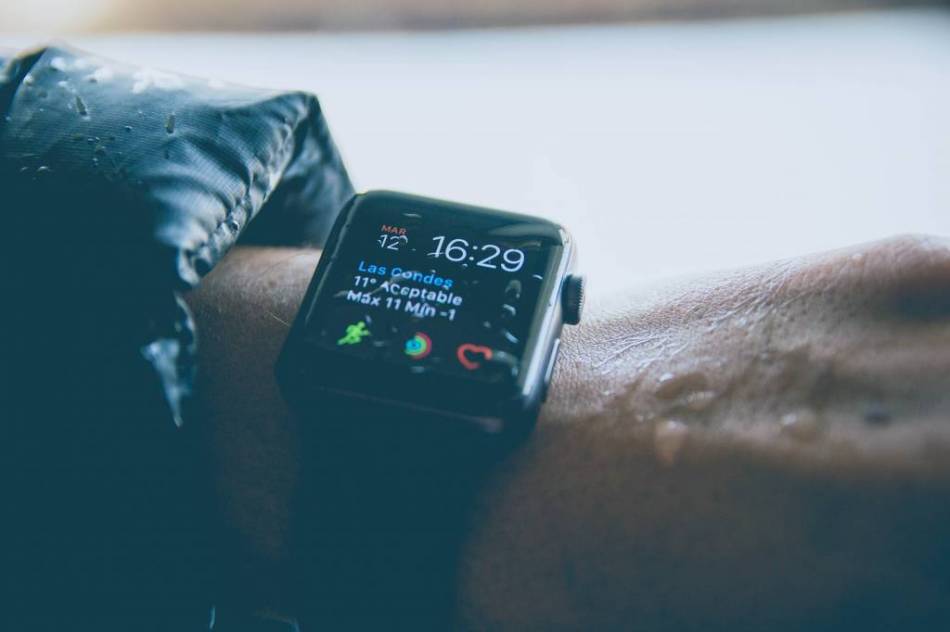
The importance of heart rate measurement in sports performance

The importance of heart rate measurement is rarely discussed; we only see that everyone has a heart rate monitor or belt, millions of applications on their phones and computers that analyse sports performance. For an elite athlete, this is completely understandable, but what about everyday hobby sports? How much can you benefit from these tools and what to do with the information? Why the heart rate is different in different sports activities, in different individuals or in different conditions, be it stress or fatigue? Get to know the role of heart rate measurement in sports, its basic concepts and the possibilities of analysis!
Resting heart rate and maximum heart rate
Heart rate is the number of heartbeats per minute, that is, how many times your heart beats in 1 minute. This increases during exercise to ensure that the need for oxygen and nutrients in the muscles is quickly met. Many things affect your heart rate like gender, age, muscle mass or just body weight; also time of day, posture, clothing, and temperature. Our heart rate is different not only during sports, but also at rest, although this can only be said to be healthy within certain limits.
Trained people typically have a lower resting heart rate and if they jump high during training, they will recover sooner because the body adapts to the regular load with more economical work.
|
The resting heart rate is a resting or sitting heart rate after 5-10 minutes of rest, with an average value of 70, but may vary downwards and upwards. Maximum heart rate formula: 220-age. |
So if you are 30 years old, 190 bpm (beats per minute) is your maximum heart rate. This is what your heart can safely do under maximum load. However, this number may differ from accurate diagnostic measurements, as this is only an average value. For trained people, this may be higher.
Depending on what your goal is for a workout, you may want to work on different heart rate values. If your goal is to improve endurance, work on 80-85% of your maximum heart rate, if you prefer to maintain your health, your goal will be 65-75%, as it is more suitable to be maintained for a long period of time and you use the most amount of fat at this this heart rate.
So to determine your target heart rate, you need to take a percentage of your maximum heart rate. If our 30-year-old person wants to work at 70%, then (220-30) x0.7 will be the target heart rate, around 153 bpm. Thus, in the case of a healthy individual, the range of 50-85% is safe. In case of any circulatory problems, consult a doctor.
The easiest way to check your heart rate is with a heart rate monitor, which can be a chest strap or a wrist meter. On fitness machines, you have to grab a handle for this (if it works…), but you can also feel it with your own hands.
|
Without a tool, you can manually calculate your heart rate by palpating the inside of your wrist or neck. Count your heart rate for 10 seconds and then multiply by 6 to get your heart rate per minute. |

What are heart rate target zones?
Depending on the intensity at which we work, relative to our maximum heart rate, we can achieve different goals and the body uses different energy sources. Between 50 and 100% performance, we distinguish 5 zones:
-
Moderate intensity (50-60%): Very light and can be maintained for hours. Its purpose is to maintain health and regenerate, for example, on a day after a very heavy-load workout. So even on a resting day, it’s perfect if you spend it actively.
-
Fat burning intensity (60-70%): A light heart rate that can be maintained for a long time, so it is suitable for up to 1-2 hours of activity, be it cardio or hiking, which goes at a constant pace without stopping. In this heart rate range, the body covers most of the required calories from fat.
-
Aerobic range (70-80%): Although lactate is already released in your body, you can still process it and produce energy in the presence of oxygen, which is an economical, long-lasting process. More air is needed here, breathing is already faster, and the intensity is moderate.
-
Anaerobic range: (80-90%): The most efficient zone for endurance improvement, here the body covers most of its energy needs from carbohydrates. Anaerobic, i.e. in the absence of oxygen, so lactate levels in the blood increase, resulting in rapid fatigue. This heart rate range cannot be maintained for long.
-
Maximum power (90-100%): Heart rate range specifically recommended for athletes only for a very short period of time. It results in rapid fatigue and suffocation.
Pulse zones for various performance purposes
For what purpose and in what heart rate zone is it worth to work? We are now looking for the answers. Let’s look at the different goals:
Endurance sports
Coaches use several methods to improve endurance. When determining the target heart rate, the current condition of the individual should be taken into account and the load adjusted accordingly. It is advisable to use a higher heart rate or to alternate between higher and lower heart rates, depending on the sport. Examples are the interval method, the continuous method or the fartlek method. Most athletes work above 80% intensity during high heart rate ranges. It is advisable to help regenerate with amino acids and protein during and after training.
Promoting fat burning
Fat burning requires a long, moderate-intensity workout. Even then, all three sources of energy are used by the body; including carbohydrates, protein and fat. However, you use the highest proportion of fat in the fat burning and aerobic ranges, i.e. at 60-75% intensity. It is advisable to stay in this zone for at least 40 minutes, but the longer the duration, the more effective the fat burning. Many people choose the morning fasting fat burning workout because then the body cannot use carbohydrates from the blood, but immediately reaches the fat stores and thus uses up more. L-carnitine helps burn fat, so it’s worth supplementing your workout with it.
Strength training
It is rare for someone to measure their heart rate during strength training, as this has no particular role to play here. If you do measure, you can see that during high-intensity, high-intensity workouts, your heart rate is higher when you do the series and lower during rest time. On average, it is likely that the training will fall into the moderate intensity heart rate zone, so it is less suitable for burning fat, however, it is more suitable for muscle building.
If you work on a circuit, combining more exercises together without rest, you can more easily maintain your heart rate in a higher range. It is advisable to consume BCAAs or glutamine during and after strength training, as these help muscle regeneration and thus mass development. This amino acids guide will help you learn a little more about the different formulations. Don’t forget to drink protein shakes after training, as it is important to have the right supply of nutrients after the muscles are loaded!
So you can see that if you monitor your heart rate, you will know exactly what zone you are currently working in. You can easily set this to suit your goals, which will obviously make your way there faster. If you train consistently, your heart rate is an important consideration. You can monitor your fitness status, but you can also see it from your heart rate symptoms if you are overworked and just need a regenerative workout.
